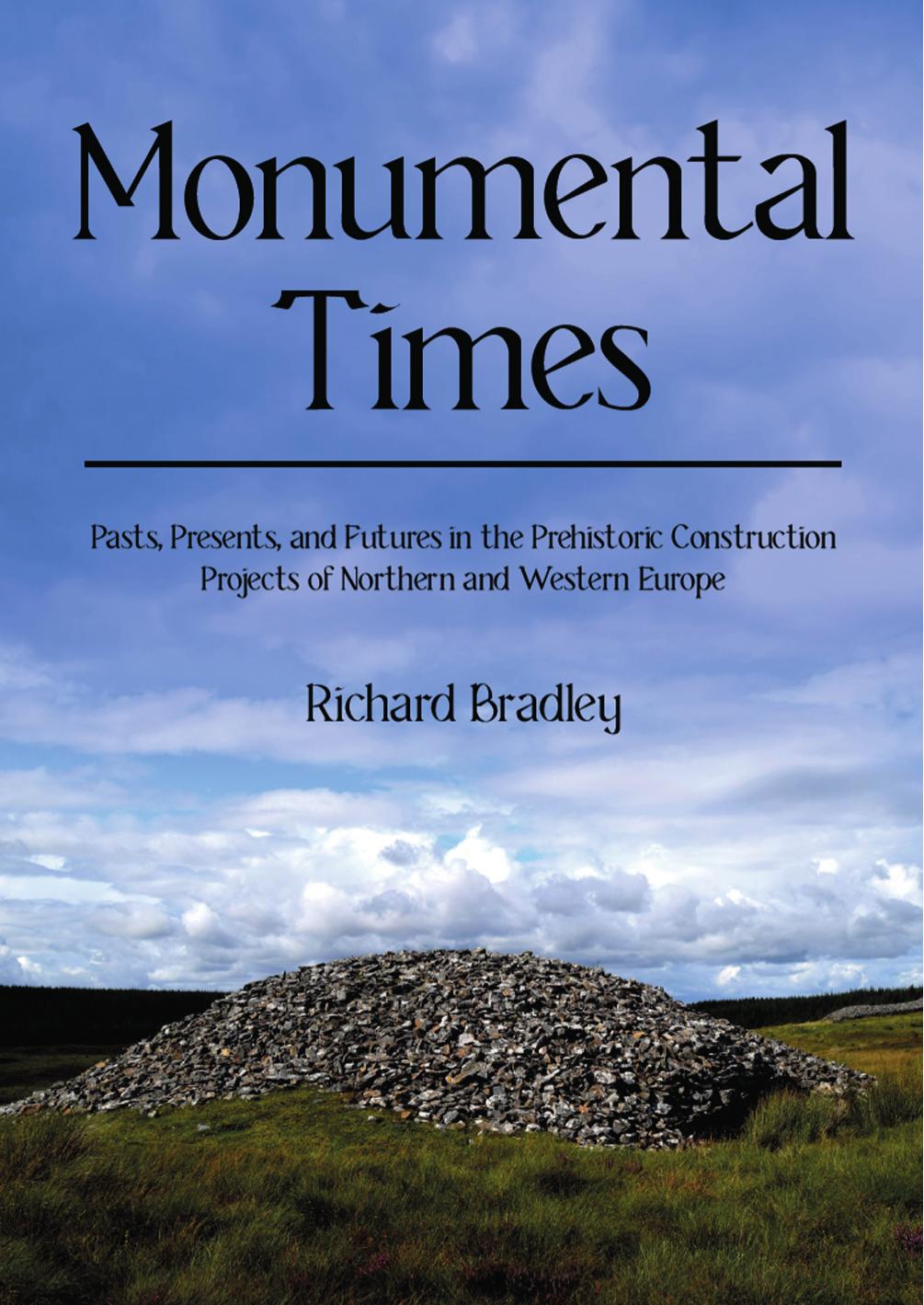

Most ebook files are in PDF format, so you can easily read them using various software such as Foxit Reader or directly on the Google Chrome browser.
Some ebook files are released by publishers in other formats such as .awz, .mobi, .epub, .fb2, etc. You may need to install specific software to read these formats on mobile/PC, such as Calibre.
Please read the tutorial at this link: https://ebookbell.com/faq
We offer FREE conversion to the popular formats you request; however, this may take some time. Therefore, right after payment, please email us, and we will try to provide the service as quickly as possible.
For some exceptional file formats or broken links (if any), please refrain from opening any disputes. Instead, email us first, and we will try to assist within a maximum of 6 hours.
EbookBell Team

0.0
0 reviewsThis book is concerned with the origins, uses and subsequent histories of monuments. It emphasises the time scales illustrated by these structures, and their implications for archaeological research. It is concerned with the archaeology of Western and Northern Europe, with an emphasis on structures in Britain and Ireland, and the period between the Mesolithic and the Viking Age.
It begins with two famous groups of monuments and introduces the problem of multiple time scales. It also considers how they influence the display of those sites today – they belong to both the present and the past. Monuments played a role from the moment they were created, but approaches to their archaeology led in opposite directions. They might have been directed to a future that their builders could not control. These structures could be adapted, destroyed, or left to decay once their significance was lost. Another perspective was to claim them as relics of a forgotten past. In that case they had to be reinterpreted.
The first part of this book considers the rarity of monumental structures among hunter-gatherers, and the choice of building materials for Neolithic houses and tombs. It emphasises the difference between structures whose erection ended the use of significant places, and those whose histories could extend into the future. It also discusses ‘megalithic astronomy’ and ancient notions of time. Part Two is concerned with the reuse of ancient monuments and asks whether they really were expressions of social memory. Did links with an ‘ancestral past’ have much factual basis? It contrasts developments during the Beaker phase with those of the early medieval period. The development of monumental
…